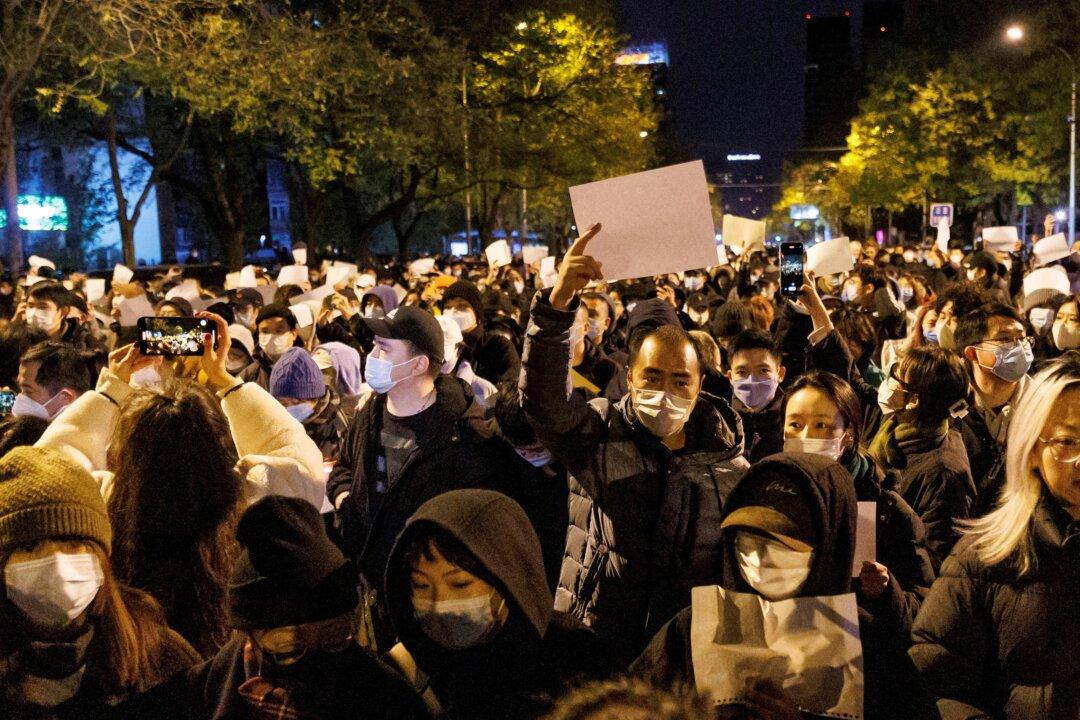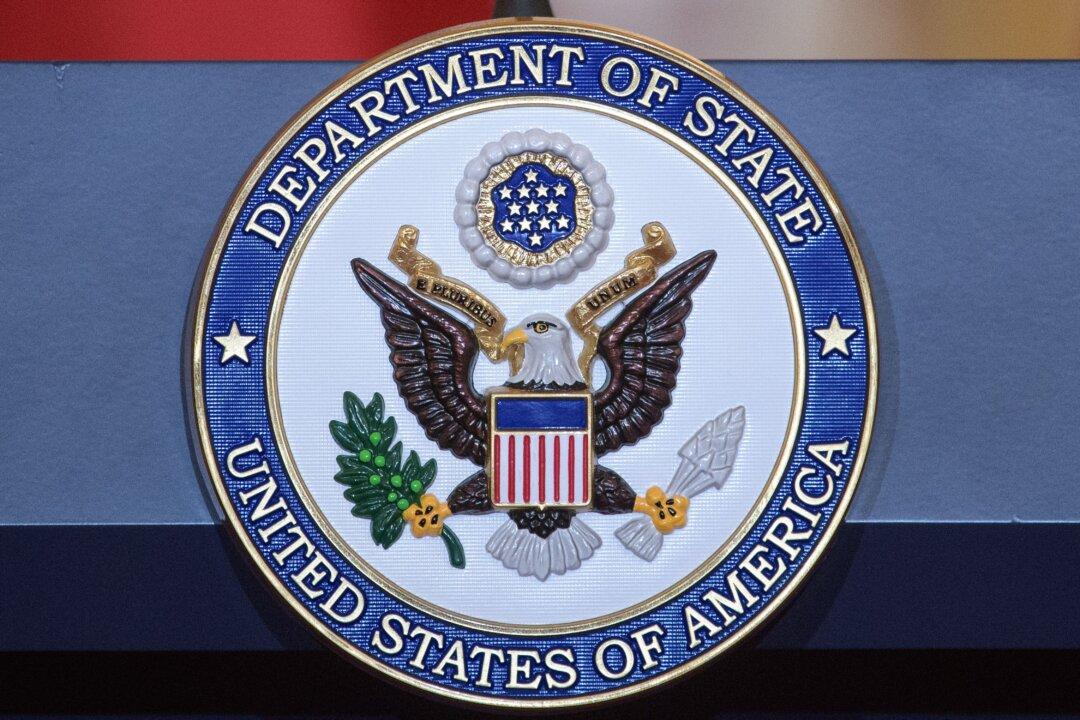Large-scale protests that erupted in China against the regime’s zero-COVID policies, with protesters calling for freedom and an end to the Chinese Communist Party (CCP), showed the determination of the Chinese people discontented with the party’s rule, according to a human rights activist.
Mass protests against COVID-19 lockdowns that broke out at the end of November 2022 and spread across China, including major cities, are “hugely significant,” said Benedict Rogers, a renowned British human rights activist.
Rogers considers them the most significant protests since those of Tiananmen Square in 1989, due to their large scale and the message voiced by protesters who were calling for an end to the CCP, Xi Jinping’s resignation, and demanding freedom.
While some protests occurred in China after 1989, they were mostly focused on specific issues, mainly labor rights, Rogers told EpochTV’s “Crossroads” program in a recent interview.
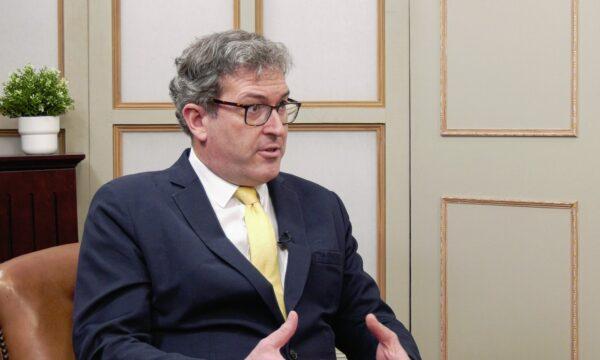
“This is the first time that we’ve seen, across the country, people demanding the end of the CCP, Xi Jinping to resign, and calling for freedom and democracy,” Rogers pointed out. Although the protests were sparked by the draconian zero-COVID policy, the COVID lockdowns, and the tragic fire in Ürümqi, protesters mainly chanted “Xi Jinping step down” and “We want freedom,” Rogers explained.
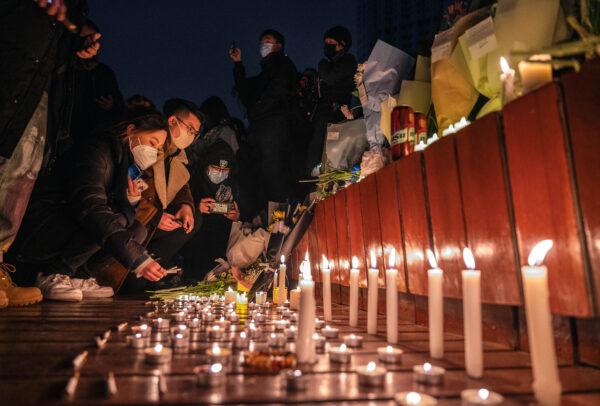
The protests were triggered by the deaths of at least 10 people—according to official reports—in Xinjiang’s capital city of Ürümqi in northwestern China when first responders were unable to reach an apartment fire that was left to burn for hours due to COVID-19 blockades and locks throughout the residential compound.
Angry city residents broke blockades and pushed down fences, shouting slogans of “down with the Communist Party” and “Xi Jinping should resign.”
After the protest erupted in Xinjiang, large-scale protests against the CCP’s unsustainable zero-COVID control measures have also occurred in Beijing, Guangzhou, Shanghai, Zhengzhou, and other cities.
Since the deadly fire, there have been 43 public protests across 22 cities in China, according to a tally by Nathan Ruser, a researcher at the Australian Strategic Policy Institute.
Throngs of protesters in different cities held high their blank sheets of paper—a metaphor for what’s left unsaid—to express their discontent with the regime’s intolerance of dissent and suppression of free speech.
Tightening Repression Under Xi Jinping
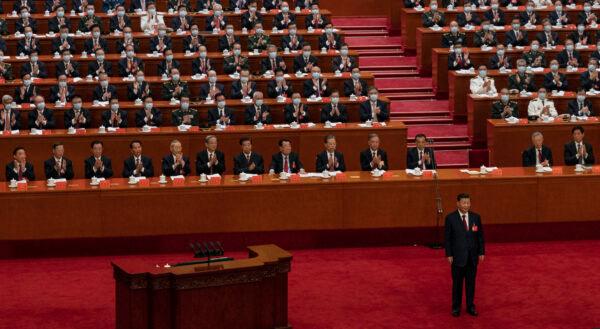
Rogers believes that if the Chinese people resorted to such demonstrations knowing the huge risk that protesting entails, it suggests “the kind of unspoken pact” that perhaps existed in the past between the people and the CCP has been completely undone.
That unspoken pact allowed the party to claim its legitimacy from the fact that it was presiding over economic reforms leading to significant improvements in living standards, explained Rogers, author of “China Nexus: Thirty Years in and Around the Chinese Communist Party’s Tyranny.”
“Xi Jinping has undone that unspoken pact completely, both with his repression [and] also with the economic slowdown. That’s come partly as a result of the zero-COVID policy but also partly as a result of his own hostility to private enterprise and entrepreneurialism. He’s undone many of the economic reforms of his predecessors, and I think the people of China have [been] showing that they’ve had enough now.”
The CCP has always been repressive, but “when Xi Jinping took over the leadership in 2012, he then took the country and the party in an even more repressive direction, really intensified the crackdown,” Rogers said.
Xi also took a much more ideological approach in the early years of his rule, a sort of ideological framework of six key documents, in particular: “Document Number Nine,” Rogers noted. “These six documents really spell out the CCP’s explicit total hostility to values of human rights, of democracy, of civil society.”
The documents, which emerged in 2013, laid out CCP’s intention to eliminate and prohibit any discussion of universal values of human rights, Rogers continued.
“There’s a specific document that relates to higher education and banning discussion of what they call liberal values in higher education,” Rogers said. There are also “documents relating to censorship of the internet, control of religion, and all the other areas of space that the party basically wants to completely dominate and control, and suppress any alternative views.”
The Regime Eases Zero-COVID Policy
On Dec. 7, 2022, the Chinese regime relaxed its strict zero-COVID measures following the mass protests. The relaxation marked the most significant changes to the draconian zero-COVID policy since Beijing first implemented it three years ago. The measures have inflicted hardship on tens of millions of people, dragged down China’s economy, and isolated the nation from the world.The regime loosened rules pertaining to quarantine, travel restrictions, lockdowns, and mandatory testing. Under the new guidelines, authorities no longer require people to present negative test results or a green health code for entry in most places, with the exception of nursing homes, medical institutions, childcare centers, and primary and middle schools.
The health code is a color-based QR code system for authorities to trace close contacts and control people’s movements. Utilizing big data and mobile technology, the regime assigns citizens three codes on their mobile phones, including a health code, a vaccination code, and an itinerary code.
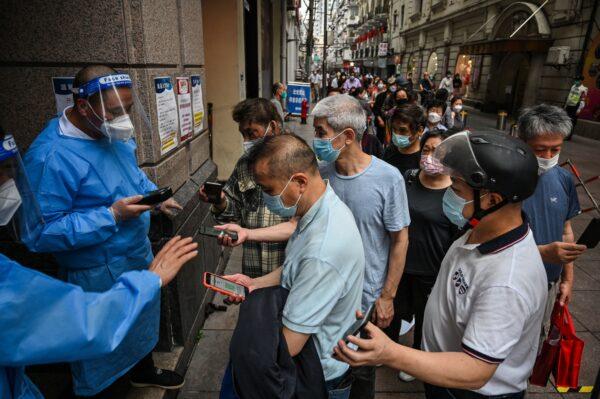
Before the easing up on the COVID policy, a green code was essential for tens of millions of people to take buses, enter workplaces and supermarkets, or even use public toilets. Losing a green code meant the carrier lost access to almost everywhere.
Local officials were also banned from designating large areas, such as entire residential compounds and communities, as high-risk.
